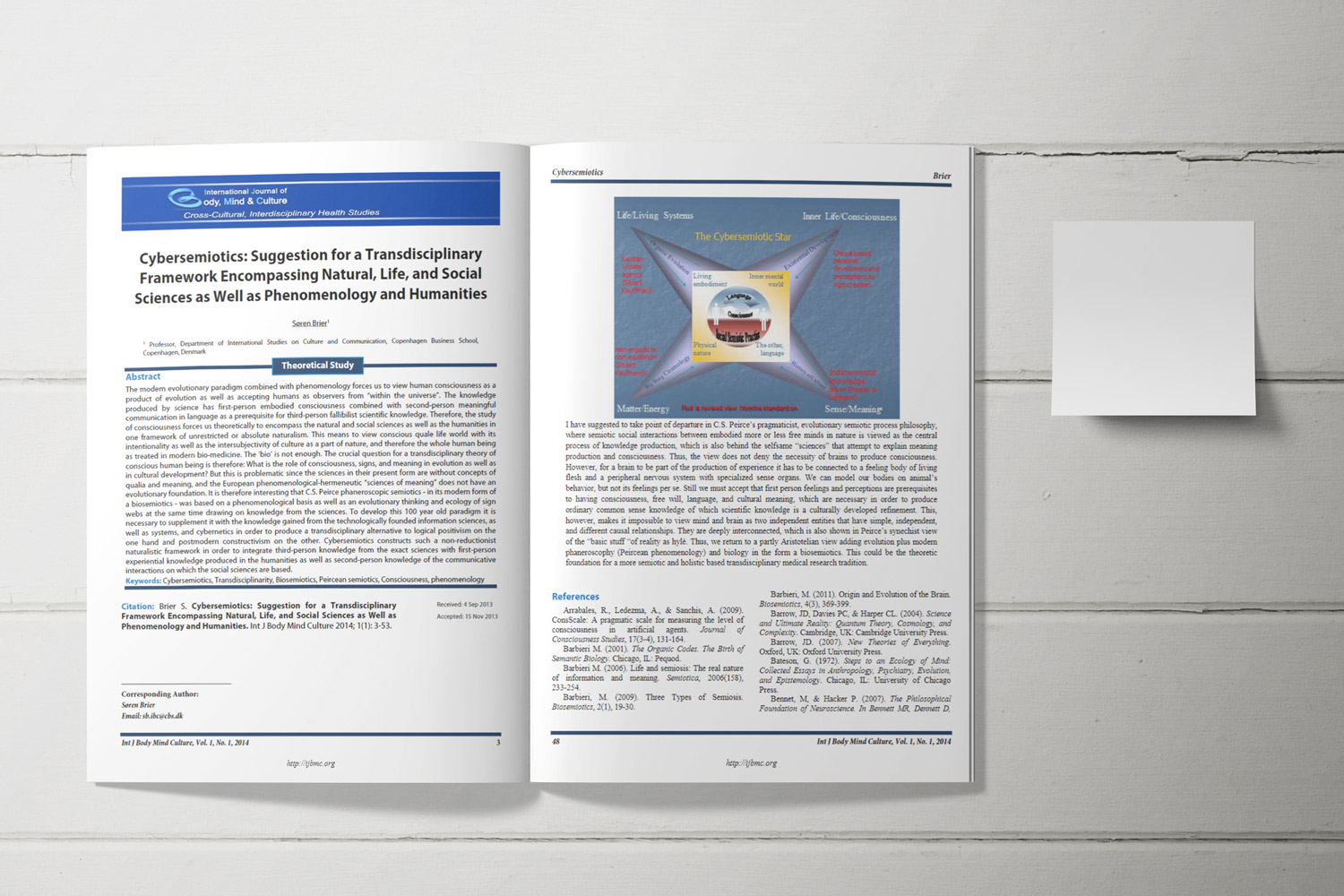A Structural Model of Teaching Quality Based on Cognitive Ergonomics and Psychological Awareness Mediated by Classroom Social Interaction
Downloads
Objective: The present study aimed to propose a structural model of teaching quality based on cognitive ergonomics and psychological awareness, mediated by classroom social interaction among primary school teachers in Tehran.
Methods and Materials: This applied research falls within the category of descriptive-correlational studies, specifically employing structural equation modeling (SEM). The statistical population included primary school teachers working in Tehran during the 2024–25 academic year. Using G*Power software, and considering latent and observed variables, a sample size of 245 was calculated based on a 0.05 margin of error, 95% confidence interval, and an effect size of 0.2. A stratified random sampling method was employed. Data were collected using the Seraj Teaching Quality Questionnaire (2003), Shafiei’s Cognitive Ergonomics Questionnaire (2022), a researcher-developed Psychological Awareness Scale (2024), and the Teacher Interaction Scale by Lourdasmey and Kenny (2001). Data analysis was conducted using Pearson correlation and the Preacher and Hayes bootstrap macro to test the mediating role of the intermediary variables in the model.
Findings: The results confirmed the research hypothesis, indicating that cognitive ergonomics and psychological awareness have an indirect effect on teaching quality through classroom social interaction. In other words, teachers with higher cognitive ergonomics and psychological awareness enhance their teaching quality by increasing their classroom social interactions.
Conclusion: The structural model of teaching quality based on cognitive ergonomics and psychological awareness, mediated by classroom social interaction, demonstrated a good model fit among primary school teachers in Tehran.
Downloads
Ataei, J. (2022). Investigating the relationship between learning styles and academic engagement with the mediating role of self-efficacy, Master's thesis, Islamic Azad University, Bandar Jask Branch, Department of Educational Management. https://elmnet.ir/vslgg?id=21243627-17761
Barzegar Bafrouei, K., Viskarmi, & Barzegar Bafrouei, K. (2020). The Effect of Group Discussion Teaching Method on Social Skills and Academic Achievement of Elementary Students. Journal of Educational Psychology Studies, 17(39), 1–22. https://jeps.usb.ac.ir/article_5692_en.html?lang=fa
Baumeister, R., Twenge, J. M., & Ciarocco, N. (2014). The Inner World of Rejection. The Social Self: Cognitive, Interpersonal and Intergroup Perspectives. https://www.taylorfrancis.com/chapters/edit/10.4324/9781315800516-11/inner-world-rejection-roy-baumeister-jean-twenge-natalie-ciarocco
Breukelaar, I., Williams, L. M., Antees, C., Grieve, S. M., Foster, S. L., Gomes, L., & Korgaonkar, M. S. (2018). Cognitive ability is associated with changes in the functional organization of the cognitive control brain network. Human Brain Mapping, 39(12), 5028–5038. https://doi.org/10.1002/hbm.24342
Feyzi, M., & Dezhpasand, R. (2018). Analysis of learning styles to improve architectural education (Case study: Architecture students of Urmia University). Iranian Journal of Architectural Studies, 7(14), 149-169. https://jias.kashanu.ac.ir/article_111812_en.html
Guo, J. (2020). Empirical Analysis for English Teaching Integration and Optimization Based on Big Data Mining Technology. Proceedings of the 2020 International Conference on Computers, Information Processing and Advanced Education,
Gurses, A. P., Tschudy, M. M., McGrath-Morrow, A., Husain, B. S., Solomon, K. A., & Gerohristodoulos, J. M. (2020). Overcoming COVID-19: What Can Human Factors and Ergonomics Offer? Journal of Patient Safety and Risk Management, 25(2), 49–54. https://doi.org/10.1177/2516043520917764
Hofmann, W., Schmeichel, B. J., & Baddeley, A. D. (2012). Executive functions and self-regulation. Trends in Cognitive Sciences, 16(3), 174-180. https://doi.org/10.1016/j.tics.2012.01.006
Hou, W. (2022). Analysis of key indicators in English teaching evaluation based on Big Data Model. Scientific Programming. https://doi.org/10.1155/2022/1231700
Karwowski, W. (2012). The Discipline of Human Factors and Ergonomics Handbook of Human Factors and Ergonomics. Hoboken: Wiley. https://doi.org/10.1002/9781118131350.ch1
Khodaverdi Tajabadi, Z. (2022). The relationship between cognitive ability and teaching quality of high school teachers in girls' schools in Zarand. Proceedings of the 5th International Conference on Interdisciplinary Studies in Health Sciences, Psychology, Management, and Educational Sciences,
Matlabi Nejad, A., Yousefian, P., Abbasi Motlagh, F., & Movajeh, S. (2023). The relationship between professional development and teachers' psychological empowerment with the quality of effective teaching methods. Teacher Professional Development. https://tpdevelopment.cfu.ac.ir/article_3068.html?lang=en
Oluwaseun, O., & Regina, A. (2020). Effects of Cognitive Ergonomics on the Performance of Academic Staff at Lagos State University (LASU). International Journal of Scientific & Engineering Research, 11(12), 1150-1158. https://www.researchgate.net/profile/Segun-Olabode-2/publication/363505406_
Papakitsos, E. C. (2015). The application of cognitive ergonomics in the management of various educational topics. Scholars Journal of Economics, Business and Management, 2(10B), 1038-1040. https://www.saspublishers.com/media/articles/SJEBM_210B1038-1040.pdf
Qiu, C. (2020). Empirical Study of Big Data Mining Technology in English Teaching Integration and Optimization Analysis. Proceedings of the 2020 International Conference on Computers, Information Processing and Advanced Education,
Reymond, M., Barbier, L., Salame, E., Besh, C., Dumortier, J., Pageaux, G. P., & Jaegle, M. L. W. (2018). Does portopulmonary hypertension impede liver transplantation in cirrhotic patients? A French multicentric retrospective study. Transplantation, 102(4), 616-622. https://doi.org/10.1097/TP.0000000000001981
Tahmasebi Fard, Z. (2021). Prediction of academic conflict based on learning styles, self-efficacy, and responsibility among second-year female high school students in Harsin, Master's thesis, Payame Noor University, Hamadan Province, Hamadan Center.
Wang, M., & Han, A. (2021). Designing cognitive ergonomics features of medical devices. Aspects of cognitive interaction. The Design Journal, 22(1), 463-474. https://doi.org/10.1080/14606925.2019.1595432
Xu, J. (2020). Research on Multidimensional Teaching Mode of College English based on Data Mining. 2020 International Conference on Big Data Social Science (ICBDSS),
Yang, L. (2020). Data Mining-Based College English Teaching Assistant Expert System. 2021 6th International Conference on Smart Grid and Electrical Automation (ICSGEA),
Yang, Y., & Wang, C. (2019). Analysis of Business English Information Mining Method Based on Task Cooperative Learning Model. 2019 International Conference on Robots & Intelligent Systems (ICRIS),
Zhang, H., & Tsai, S. B. (2021). An empirical study on Big Data Model and visualization of internet + teaching. Mathematical Problems in Engineering. https://doi.org/10.1155/2021/9974891
Copyright (c) 2025 International Journal of Body, Mind and Culture

This work is licensed under a Creative Commons Attribution-NonCommercial 4.0 International License.















